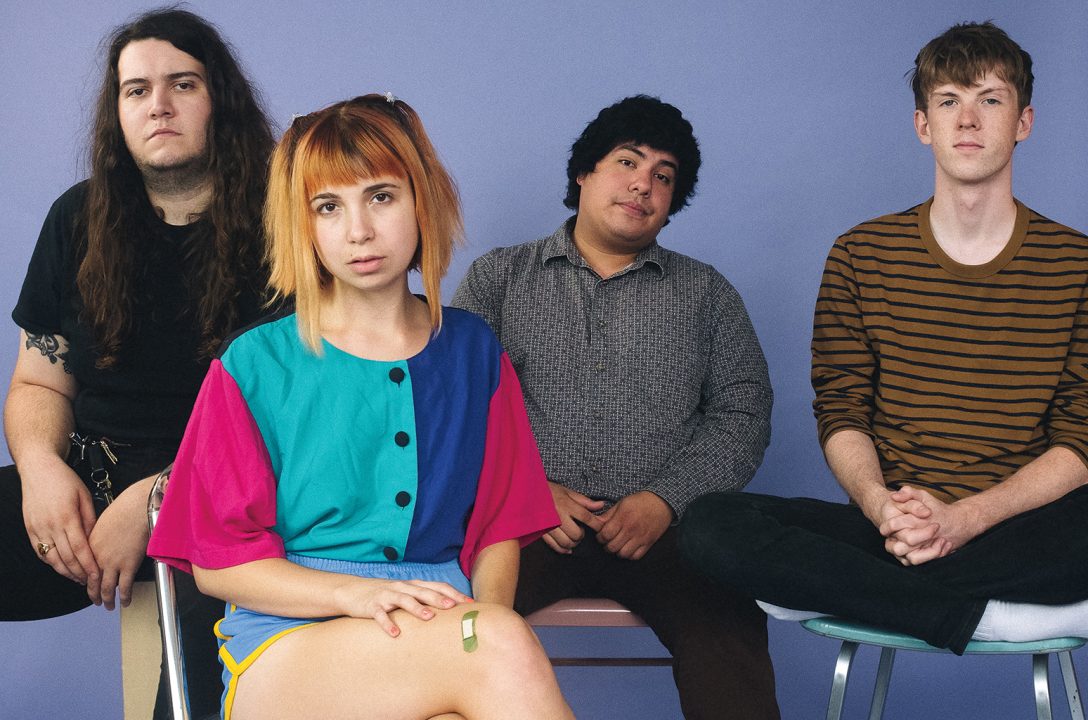The Livewire concert series celebrated its tenth anniversary this past Thursday with the performance of Ruckus, a faculty contemporary group. The theme of the performance was “Rewind/Fast Forward,” and focused on bringing the past and the present together. Part of the inspiration behind the theme was the influence of the past on the present, as represented by Ruckus’ music choices, which included contemporary composers’ response to more traditional ones, like Claude Debussy.
The generational cycle of influence has long been important to music, with modern composers looking to the past for inspiration, and the University of Maryland, Baltimore County is no different. When the music department first moved into the Performing Arts and Humanities Building (PAHB), they inherited many instruments that were typically used before the nineteenth century, including string instruments that still had strings made from animal guts instead of metal strings like many contemporary instruments.
“It’s important for our students to have access to these kinds of instruments,” says Dr. Linda Dusman, professor of music and chair of the music department. The literal physical interaction between the old and the new is a very significant one.
Ruckus is a contemporary group, and as such has an unusual combination of instruments. There were the instruments that the common man could identify, such as the piano, flute, clarinet, snare drum and violin. But there were also more unusual instruments, like the contrabass, harp and oboe.
The different combinations of these instruments created a different combination of color or timbre. For example, you could identify a flute as a flute in comparison with a clarinet, even if they were playing the same note. This timbre experimentation was one of the main foci of the concert.
The first piece of the performance began in a typical manner, with a duet with the violin and piano called “Theme and Variations for Violin and Piano.” The violinist was in her highest register and whined away in sorrowful sweeps across the violin. It was only after the second piece, “Toward for Na Young Ham” by Mischa Salkind Pearl, that the connection between past and present became clear. This piece started out traditionally, with a duet between flute and piano, but grew more contemporary and less restricted by form towards the end. The composer called it, in a quote from the event’s program, “… the mere suggestion of direction and movement, an implied work of music.”
Then, incorporating the idea of timbre, the next two pieces were played as a set, one a response to the other. The first piece, “Cloches à travers les feuilles” by Claude Debussy, was a piano solo which flowed lyrically and beautifully. The second installment, the response by Tristan Murail, a French composer, involved the violin, cello, flute and piano. The cello’s high register sounded like a flute, and the piano imitated the violin.
The second to last piece was written specifically for Ruckus, called “e,nm” by Thomas DeLio. DeLio explained, in a quote from the event’s program, “I find that silence affords such a frame, allowing sounds to exist and be experienced in and of themselves.” The piece consisted of long, drawn-out, ethereal notes followed by measures of silence. DeLio says his piece is more about presentation rather than evolution.
The last piece was raucous, to say the least. The instruments on stage were the flute, clarinet, cello, piano, violin and percussionist. The players made noises uncharacteristic of their instruments and it somehow created a melody of honking, squeaking and banging. The audience clapped wildly at the end of the piece, and it is fair to say the last performance was the favorite of the audience.
All throughout the performance, there was this blend of instrumentation and of timbre that can only be explained through the theme of the overall performance, which is to interweave traditional themes with modern ideas. In this way, the music created something spectacular and engaging, something that can only be given through a conversation between the music that everyone knows and loves and the kind of music that is completely unexplored.
“The university gives performers and composers access to the next generation of performers and composers,” says Dr. Dusman. “Musicians love chartering their ancestry. It’s a really important part of the festival.”

Comments are closed.